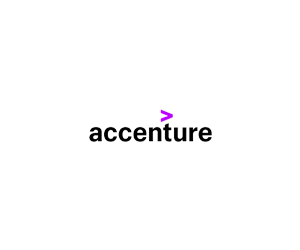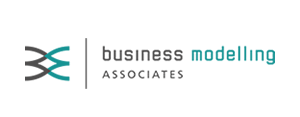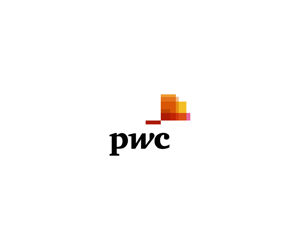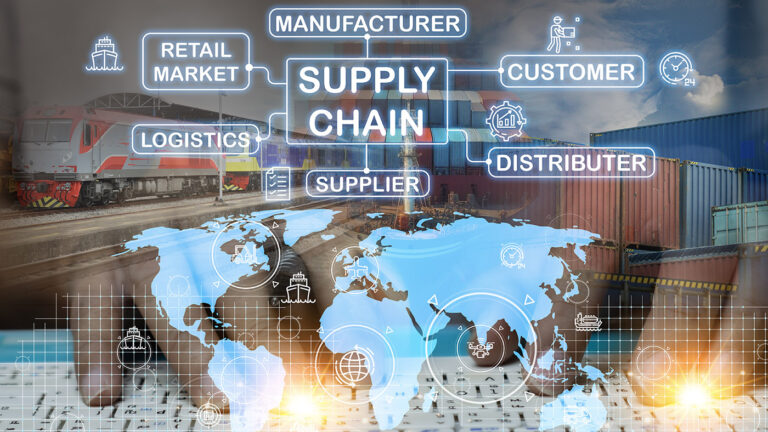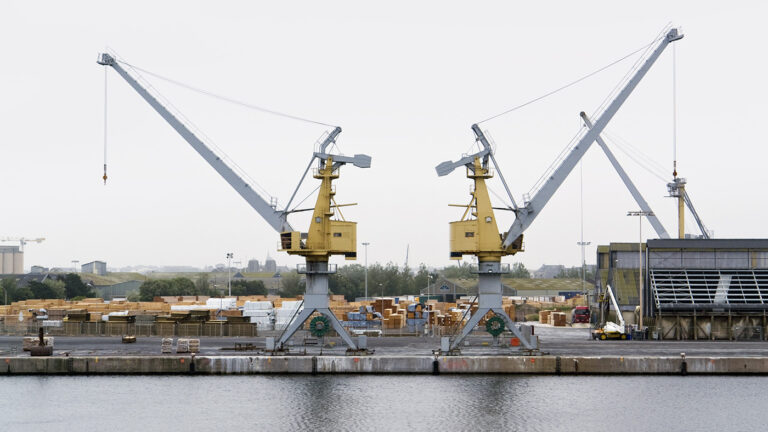4 Key Opportunities to Drive Performance and Profitability
Eco Materials Technologies: A Journey in Supply Chain Transformation
The cement manufacturing industry is no stranger to complexity, volatility, and ever-evolving sustainability demands. Amid rising pressures from fluctuating resource availability, increased transportation costs, and the imperative to reduce carbon emissions, supply chain leaders are rethinking how they operate. Cement Manufacturing Supply Chain Optimization has emerged as a strategic imperative, helping organizations navigate material distribution, improve operational efficiency, and unlock previously hidden profit margins.
In this Customer Testimonial, we explore the transformation journey led by the Supply Chain Vice President at Eco Materials Technologies (EMT)—a pioneer in the eco-friendly cement manufacturing space. EMT’s partnership with River Logic, a leader in advanced decision-making technology, showcases the real-world application of optimization in one of the world’s most carbon-intensive industries.
EMT’s strategic pivot yielded a substantial impact—driving between 1% to 5% additional margin points to the bottom line, translating into millions in new revenue. Here’s how.
1. End-to-End Optimization: A Holistic View of the Value Chain
The traditional cement supply chain has long operated in silos—planning production independently from sourcing or customer fulfillment. EMT broke this mold by initiating end-to-end supply chain optimization, starting with suppliers and extending through manufacturing, sourcing, capacity planning, distribution, and customer engagement.
Using River Logic’s platform, EMT developed a Digital Planning Twin™, an intelligent digital replica of its business. This model enabled the company to simulate scenarios and decisions with real-time data across the entire supply chain. As a result, EMT could proactively balance capacity with demand, minimize transportation costs, and align operations with financial targets.
This end-to-end approach unlocked efficiencies that were previously invisible, especially in how raw materials like fly ash and cementitious products were transported and allocated across regions.
2. Real Economics vs. Standard Costing: Embracing Financial Reality
One of the most transformative aspects of EMT’s journey was moving beyond standard costing models. Traditionally, many in the cement industry assign a fixed cost per unit across the board—ignoring the nuances of fluctuating shipping rates, raw material variances, conversion inefficiencies, and labor variability.
With River Logic, EMT incorporated true cost-to-serve economics into every decision. By understanding the real financial drivers behind operations—including supplier costs, market demands, and labor variability—they were able to:
Optimize supplier selection based on true delivered cost.
Prioritize production in facilities that generated the highest margin.
Navigate volatile logistics costs with more precision and agility.
This shift enabled EMT to make decisions not just operationally sound but financially optimized—resulting in measurable gains in profitability.
Set Your Discovery Call and Learn How River Logic
Supports Cement Manufacturers!
3. Granular Insights: Discovering Hidden Optimization Opportunities
Optimization at scale often starts with the big picture—but EMT’s transformation success was also powered by granular, actionable insights.
One major area of opportunity was blending operations across the network. By identifying which facilities could blend fly ash with other materials to create more cost-effective, environmentally compliant products, EMT was able to:
Extend the life of limited raw materials.
Lower CO₂ emissions by reducing clinker requirements.
Offer differentiated products tailored to regional market needs.
This level of specificity required advanced modeling capabilities and buy-in from stakeholders across departments—a feat made possible by the accuracy and transparency of the Digital Planning Twin™.
4. Sustainability as an Opportunity, Not a Constraint
Cement manufacturing is responsible for nearly 8% of global CO₂ emissions. As such, sustainability is no longer optional—it’s strategic. EMT recognized that integrating emissions data into their supply chain model wasn’t just about compliance. It was a chance to gain competitive advantage.
By modeling CO₂ emissions and incorporating carbon cost into financial planning, EMT could:
Choose logistics paths with the lowest emissions footprint.
Invest in lower-emission production methods.
Align long-term strategy with both regulatory trends and market expectations.
Rather than being viewed as a limitation, sustainability became a lever for innovation, brand enhancement, and long-term profitability.
Real customers. Real reviews.
